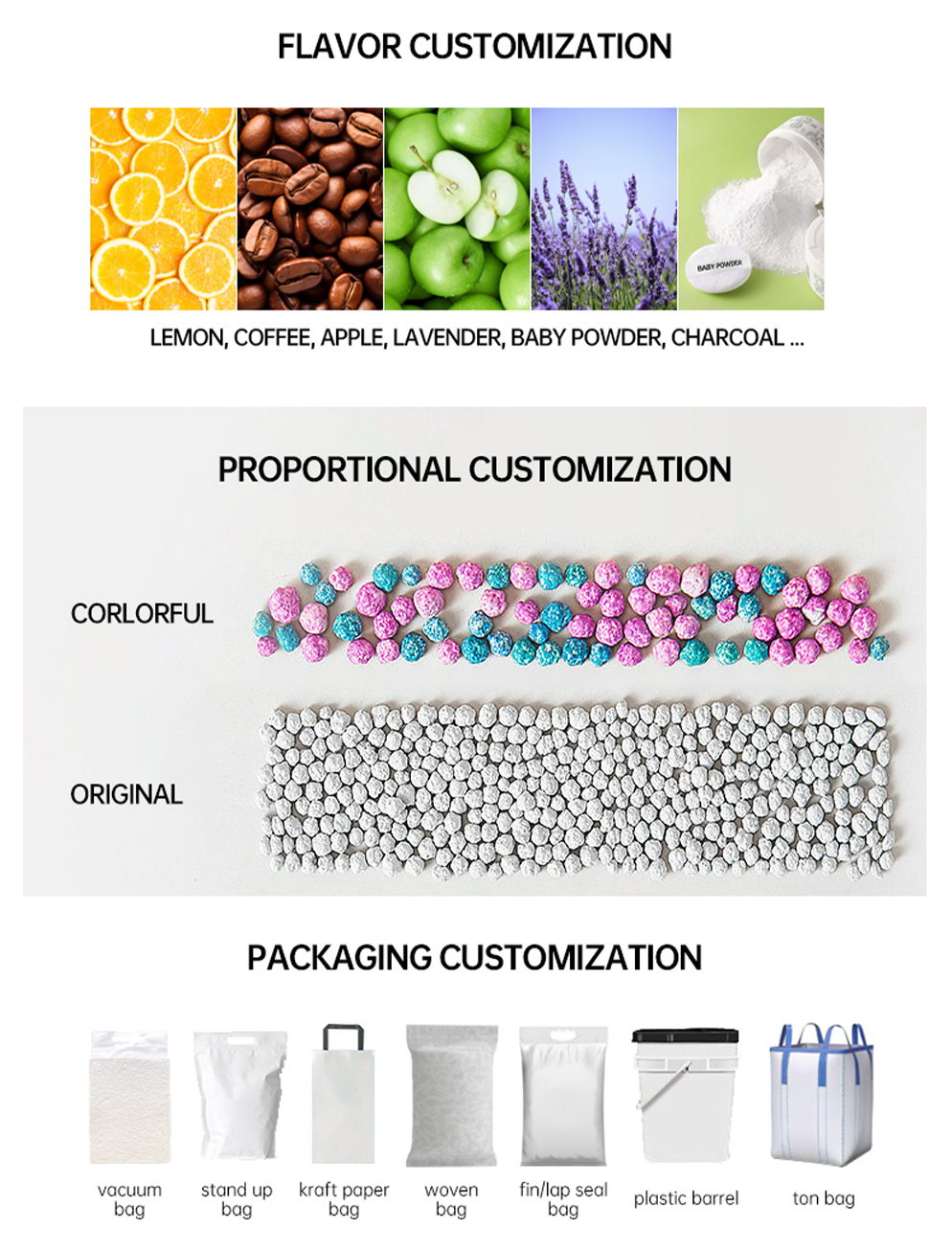cat litter sand manufacturer
The Cat Litter Sand Manufacturer A Pillar in Pet Care Industry
In the world of pet care, the importance of quality litter for cats cannot be overstated. This essential product not only provides a sanitary environment for our feline friends but also caters to the comfort of pet owners. Cat litter sand manufacturers play a crucial role in this industry, ensuring that products are efficient, safe, and environmentally friendly. Let's explore the intricacies of this manufacturing process, the various types of cat litter, and the key considerations that guide consumers in choosing the right product.
The Manufacturing Process
The journey of cat litter begins with raw materials. Cat litter manufacturers typically use a variety of substances, including clay, wood, corn, and recycled paper. The most common material is bentonite clay, known for its clumping properties and excellent odor control. The manufacturing process involves sourcing these raw materials, which are then processed, refined, and packaged to produce the final product.
For clay-based litters, the production begins with mining the clay, which is then crushed and dried to remove moisture. The dried clay undergoes a screening process to remove impurities and is then crushed to create small granules. The granules are tested for absorbency and clumping ability before being packaged. For plant-based litters, such as those made from corn or wood, the raw materials are typically ground down and treated to enhance their absorbent properties.
Types of Cat Litter
Cat litter comes in various types, each catering to different preferences of cats and their owners. The two primary categories are clumping and non-clumping litter. Clumping litter forms solid clumps when wet, making it easier for owners to scoop out waste. Non-clumping litter absorbs moisture but does not form clumps, which means it requires more frequent changes.
1. Clay-Based Litter This is the most popular choice among cat owners. Clumping clay litter, often made from sodium bentonite, is favored for its ability to contain odors and allow for quick waste removal. Non-clumping clay litter is also available but is less preferred due to its higher maintenance requirements.
cat litter sand manufacturer

2. Biodegradable Litter Increasingly, environmentally conscious consumers are seeking alternatives to traditional clay litters. Brands now offer litters made from natural materials such as corn, wheat, and pine. These litters are biodegradable and often come with the added benefit of reduced dust and allergens.
3. Crystal Litter Made from silica gel, crystal litter absorbs moisture and controls odor without clumping. It can last longer than clay litter but requires unique maintenance, as waste must be sifted out periodically.
Choosing the Right Cat Litter
When it comes to selecting cat litter, several factors come into play. Pet owners should consider the preferences of their cats, as not all felines react the same way to different textures or scents. Additionally, health considerations are essential; some cats may have sensitivities to certain materials, making it crucial to choose a hypoallergenic or dust-free option.
Odor control is another important factor, especially for multi-cat households. Litters that effectively contain odors can significantly improve the freshness of the home environment. Moreover, ease of cleaning should not be overlooked. Products that allow for quick and efficient scooping can save pet owners time and effort.
Sustainability is also a growing concern among consumers. Many cat litter manufacturers are now focusing on environmentally friendly practices, from the sourcing of raw materials to the packaging of their products. Brands that emphasize biodegradable materials and sustainable manufacturing processes are becoming increasingly popular.
Conclusion
In conclusion, cat litter sand manufacturers hold a vital place in the pet care industry. With the continuous evolution of products and consumer preferences, the competition within this sector remains fierce. Manufacturers are not only driven by the necessity of providing quality litter but also by the responsibility of promoting sustainable practices. As more pet owners become aware of the environmental impact of their purchasing decisions, the demand for eco-friendly alternatives will likely continue to grow, pushing manufacturers to innovate. Ultimately, a well-chosen cat litter can enhance the quality of life for pets and their owners, making it an essential aspect of responsible pet ownership.







